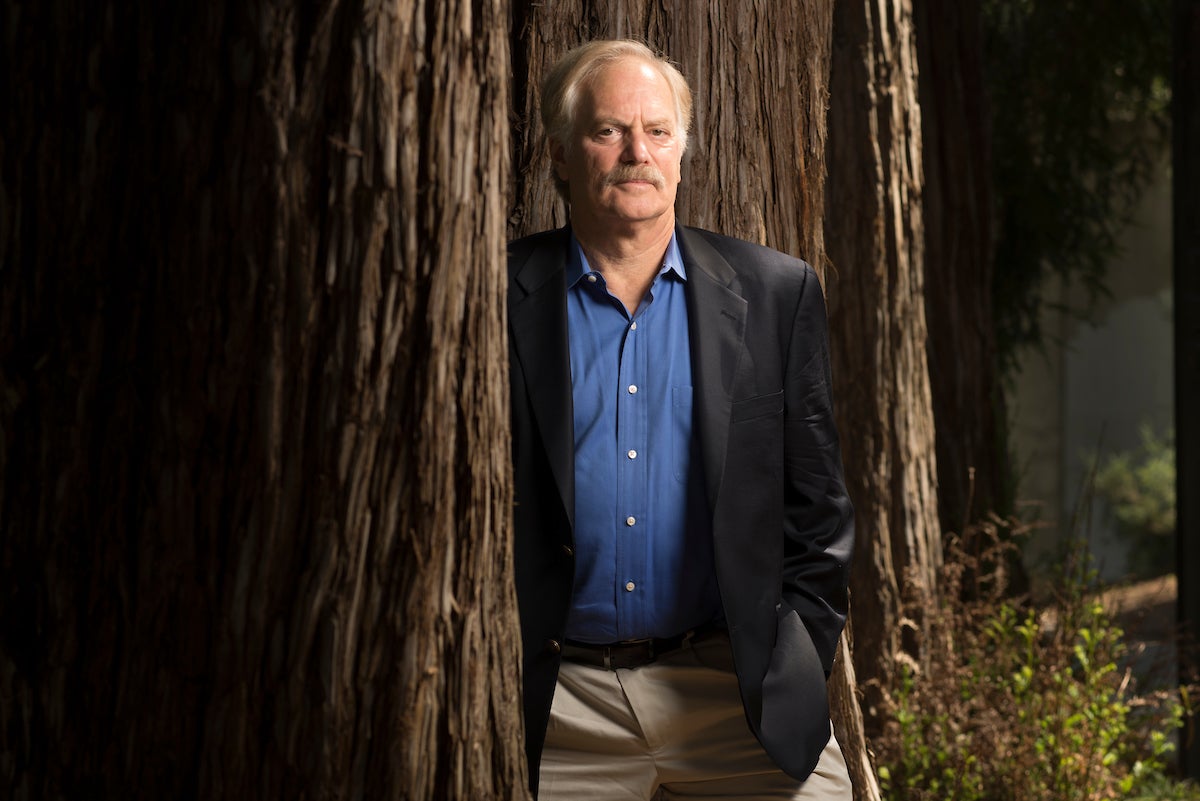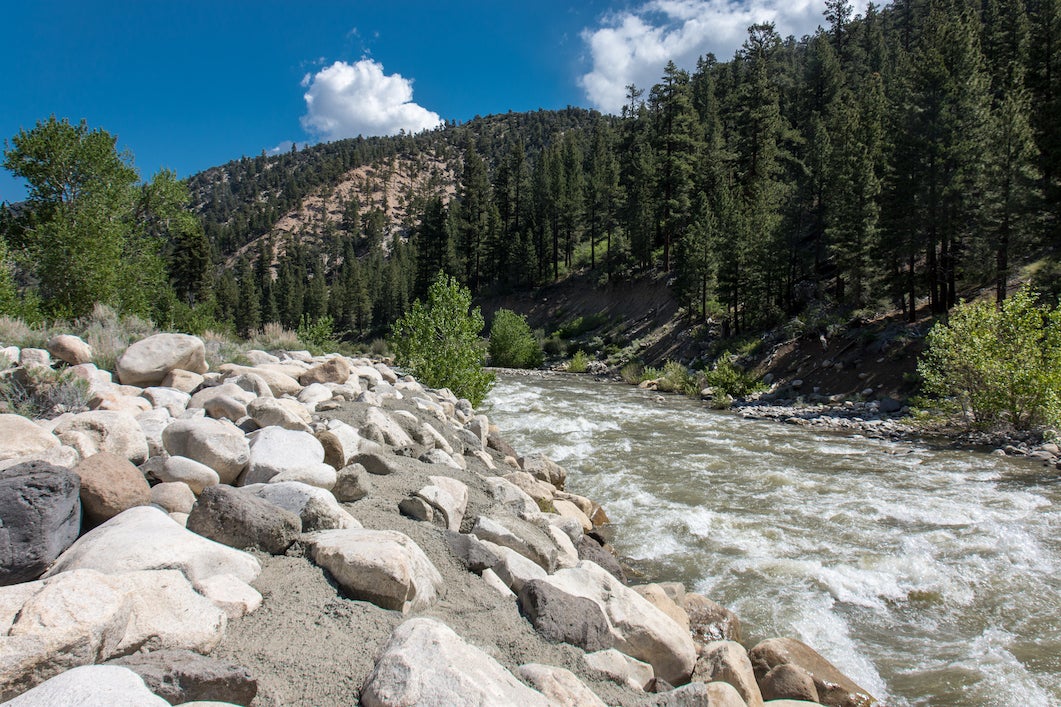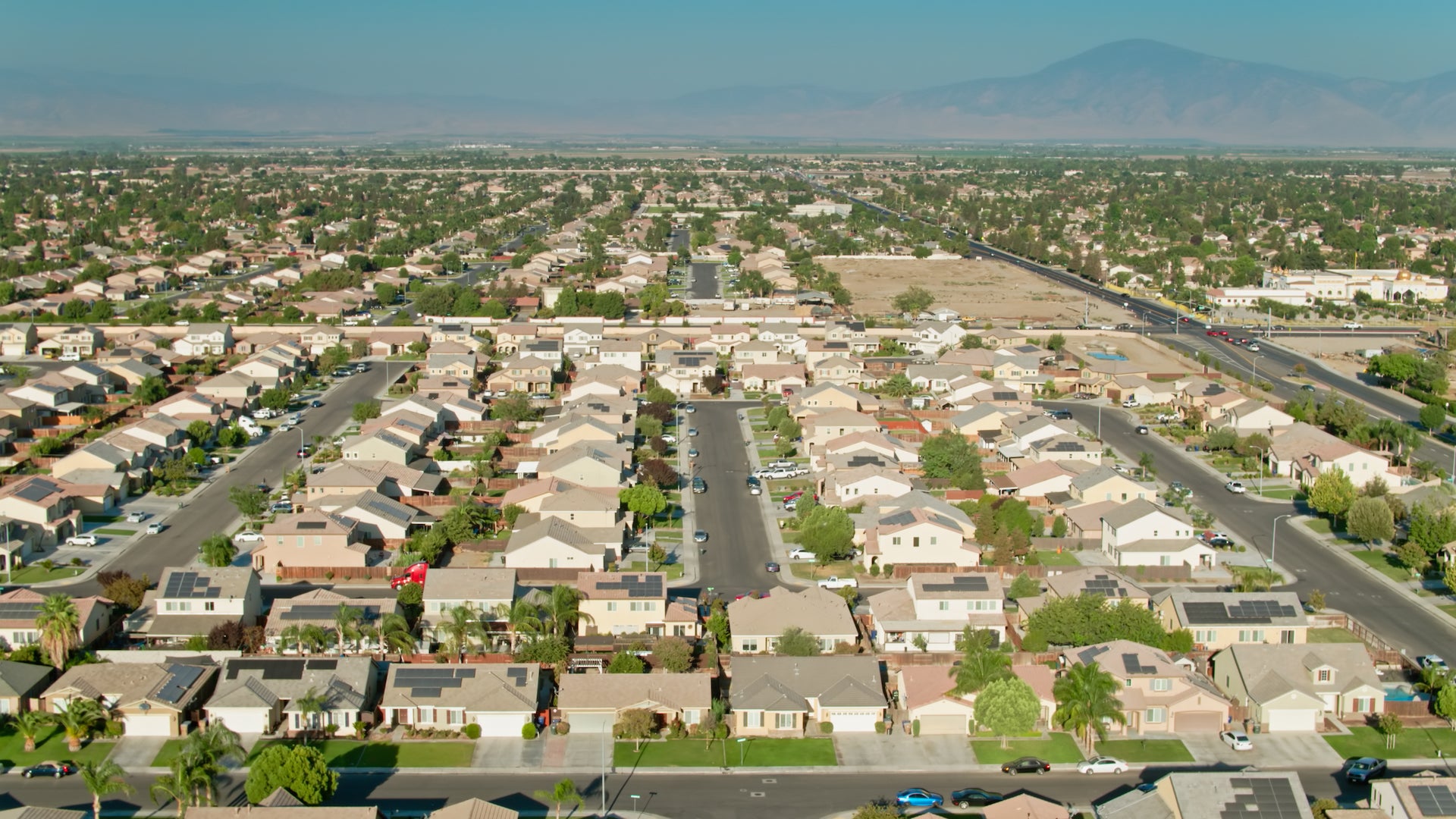Protecting the environment is the right thing to do for people and the planet, and it’s also the law. Environmental laws regulate environmental protection, from air and water quality to waste management, pollution, chemical safety and hunting and fishing. Every year, legal cases arise that change the physical and political landscape of the environment.
UC Davis School of Law professor Richard M. Frank highlighted the “9th Circuit’s Top 10 Environmental Law Decisions of 2021” in a blog post at facultyblog.law.ucdavis.edu.
Frank is a professor of environmental practice and director of the California Environmental Law & Policy Center. Formerly the executive director of the Center for Law, Energy, & the Environment at UC Berkeley School of Law, Frank returned to UC Davis School of Law in January 2010.
Read on for a lightly edited version of his piece:

In 2021, the 9th U.S. Circuit Court of Appeals remained — save only the U.S. Supreme Court — the most important court in the United States when it comes to environmental law. This year the 9th Circuit also maintained its role as the most prodigious source of key environmental decisions of any federal appellate court — issuing nearly one per week.
With apologies for any perceived sins of omission, here's my chronological list of the 9th Circuit's 10 most important environmental law decisions of 2021:
Juliana v. United States, (Jan. 17, 2020)
Unquestionably the most closely watched 9th Circuit environmental case of 2021, Juliana involved a lawsuit brought against the federal government by a group of children and their guardian ad litem (renown climate scientist James Hansen).
They claimed that the government's failure to take concrete steps to reduce U.S. greenhouse gas emissions violates the government's public trust-related obligations to future generations, as well as the plaintiffs' substantive due process rights.
A divided three-judge panel ruled that the young plaintiffs lacked standing to bring the lawsuit, reversing the district court. The third panel member wrote an impassioned dissent, arguing that the children did have constitutional standing, and that their substantive claims have legal merit. Of critical importance, both the majority and dissenting opinions agreed that climate change is real and poses an existential threat to the planet.
But their disagreement over the judiciary's proper role in addressing climate change makes for compelling reading. While the Juliana case itself is now final, its legacy remains: Related Juliana-type lawsuits remain pending in courts across the country.
United States v. Walker River Irrigation District, (Jan. 28).
This decision is the latest chapter in long-running federal court litigation over the Walker River–an interstate river with its source in California's Eastern Sierra that flows east into central Nevada and ultimately into Walker Lake.

In a case whose facts closely mirror those of the California Supreme Court's iconic 1983 National Audubon Society public trust decision, Nevada local governments, Native American tribes and environmental groups argued that uncontrolled water diversions from the Walker River are destroying the ecosystem and environmental values of both the river and Walker Lake. They claimed that the diversions therefore violate the public trust doctrine.
The 9th Circuit initially referred the dispute to the Nevada Supreme Court for a determination as to whether the public trust doctrine applies to constrain previously permitted water diversions in that state. After the Nevada court answered that question in the negative and returned the case to the 9th Circuit, many observers thought that the case there was over. They were mistaken.
Instead, and in a partial victory for the public trust plaintiffs, the Court of Appeals remanded the lawsuit to federal district court, with instructions to allow the plaintiffs to pursue their public trust claims, with certain conditions.
City & County of Honolulu v. Sunoco LP, (March 13)
This case is one of many currently pending climate change lawsuits brought by state and local governments around the country. Originally filed in state courts, these lawsuits advance state common law theories against the fossil fuel industry.
They seek money damages to reimburse the governments for their climate change-related response costs attributable to greenhouse gas emissions from the defendants' fossil fuel products.
In the Honolulu case, a 9th Circuit panel denied defendants' motion to block the federal district court's remand of the litigation back to state court after the defendants had removed it to federal court. The Court of Appeals ruled that the industry had failed to demonstrate they would suffer irreparable harm if forced to litigate the case simultaneously in state and federal court.
League of United Latin American Citizens v. Regan, (April 29)
This is both an environmental justice and public health decision — and an important, action-forcing one at that.
It's the culmination of a long-running battle by civil rights and environmental groups to have the U.S. Environmental Protection Agency regulate the pesticide chlorpyrifos under federal environmental laws. Those efforts finally paid off.
The 9th Circuit ruled that the EPA violated multiple federal environmental statutes by its longstanding evasion of its statutory duty to determine whether current tolerances of chlorpyrifos are safe. Its patience at an end, the Court of Appeals ordered the EPA to either publish such a finding or ban the pesticide within 60 days of its decision. The EPA ultimately opted to do the latter last summer.
Hardeman v. Monsanto Corp., (May 14).
In another key toxics case, the 9th Circuit upheld a district court judgment that the Monsanto herbicide Roundup caused the plaintiff's cancer. A critical component of the Court of Appeals' decision was its holding that the plaintiff's failure-to-warn product liability claims were neither expressly nor impliedly preempted by the Federal Insecticide, Fungicide and Rodenticide Act.
National Pork Producers Council v. Ross, (July 28).
A growing subcategory of 9th Circuit environmental jurisprudence involves the regulated community's invocation of various constitutional doctrines to block or narrow application of environmental and related regulatory programs.
In National Pork Producers Council, an out-of-state trade group challenged the constitutionality of a California ballot initiative barring the sale of pork products in this state from improperly and inhumanely confined animals. The trade group argued that enforcement of this requirement against out-of-state pork producers violates dormant commerce clause principles by unduly burdening interstate commerce.

The 9th Circuit rejected that claim, declaring the California initiative constitutional and enforceable against out-of-state companies. (In recent years the 9th Circuit has consistently rejected a series of dormant commerce clause-based challenges to numerous California environmental and animal welfare laws.)
Sackett v. Environmental Protection Agency, (Aug. 16).
If this case sounds familiar, it should: Sackett involves a long-running wetlands dispute between the federal government and an Idaho couple seeking to develop their property.
The feds argue that a portion of the Sacketts' property constitutes wetlands under the Clean Water Act and that the Sacketts were required to seek and obtain a permit before developing their property. Previously, the 9th Circuit upheld the government's procedural argument, only to have the U.S. Supreme Court reverse in a 2012 decision.
On remand and on the merits, the 9th Circuit this year ruled that the government's administrative proceedings properly found the Sacketts' property to contain wetlands. A 2022 return to the Supreme Court by the Sacketts seems quite possible.
Southwest Fair Housing Council v. Maricopa Domestic Water District, (Aug. 23).
This "water justice" case involved an NGO's challenge to a local Arizona water district's policy requiring residents of public housing projects to pay deposits more than three times more than those paid by residents of non-public housing.
The plaintiff claimed that policy was discriminatory and contravened the federal Fair Housing Act. Somewhat remarkably, the 9th Circuit rejected that argument, concluding that the district policy served legitimate business interests and that no equally effective but less discriminatory alternatives were shown to exist.
Association of Irritated Residents v. Environmental Protection Agency, (Aug.26)\
This citizen suit, brought under the federal Clean Air Act, challenged the Trump administration EPA's conditional approval of a proposed California plan to reduce ozone levels in the San Joaquin Valley, which suffers some of the poorest air quality in the entire U.S.

The Court of Appeals rejected the EPA's approval of the California plan as arbitrary and capricious, finding that the plan would result in only nominal ozone emission reductions. Moreover, opined the 9th Circuit, the CAA does not prohibit California's Enhanced Enforcement Activities Program, which in the Court of Appeals' view would substantially improve California's ozone reduction plan.
Center for Community Action v. Federal Aviation Administration, (Nov. 18)
This National Environmental Policy Act case, involving the adequacy of the FAA's environmental analysis of an Amazon distribution center adjacent to the San Bernardino Airport, is unremarkable on its face. A divided 9th Circuit panel rejected an environmental group's NEPA challenge to the project, finding the FAA's environmental analysis legally adequate.
But what's remarkable about the decision is the heated colloquy between the dissent — authored by Judge Johnnie Rawlinson — and the majority. In her dissent, Judge Rawlinson argued that the case "reeked of environmental racism," inasmuch as the area in which the project was proposed is, according to the EPA, an "extreme" non-attainment area for multiple air pollutants and populated primarily by people of color.
Judge Rawlinson rhetorically asks: "Does anyone doubt that this Environmental Analysis would not see the light of day if this project were sited anywhere near the wealthy enclave where the multi-billionaire owner of Amazon resides?"
Perhaps unsurprisingly, the panel judges in the majority took umbrage at the dissent's pointed criticism; a concurring opinion attempted to rebut the dissent's "environmental racism" claims.
To my knowledge, this is the first time the term "environmental racism" has ever been used in a reported federal appellate opinion. Its invocation certainly produced judicial sparks and robust debate.
The dueling Center for Community Action opinions serve as a fitting, end-of-year bookend to the similarly impassioned and conflicting judicial views expressed in the 9th Circuit's Juliana case earlier this year.
— Richard M. Frank
Media Resources
Hayley Morris is a UC Davis student and intern with the UC Davis News and Media Relations team in the office of Strategic Communications.
